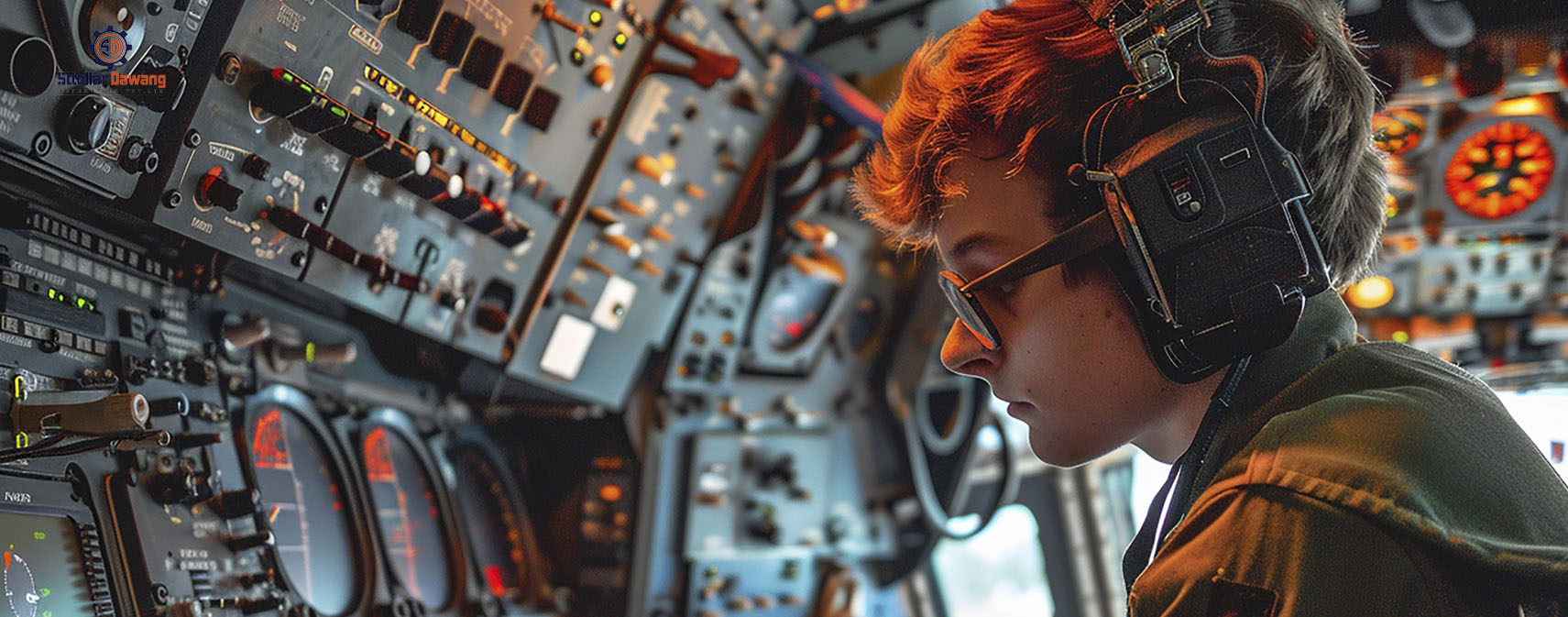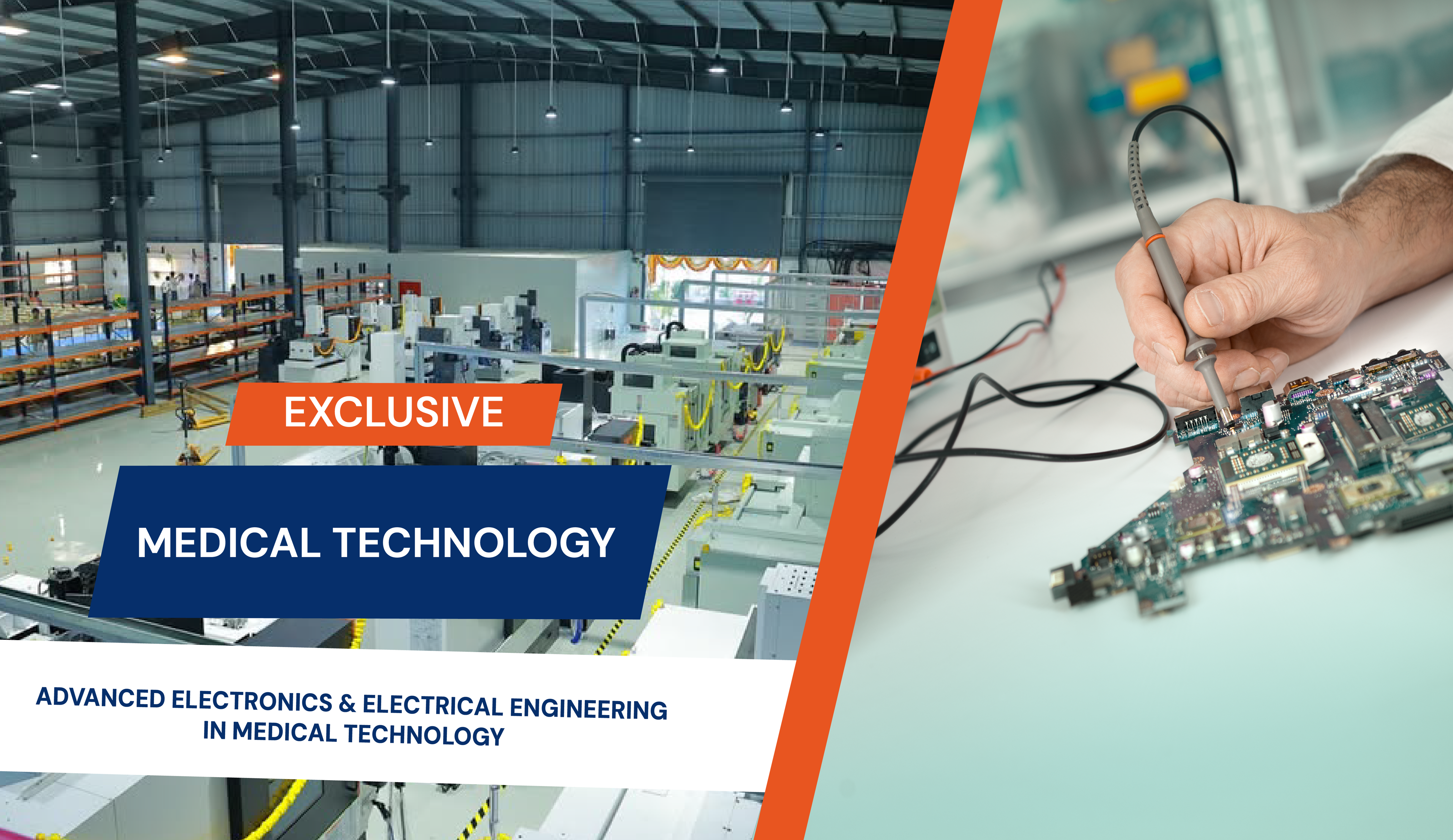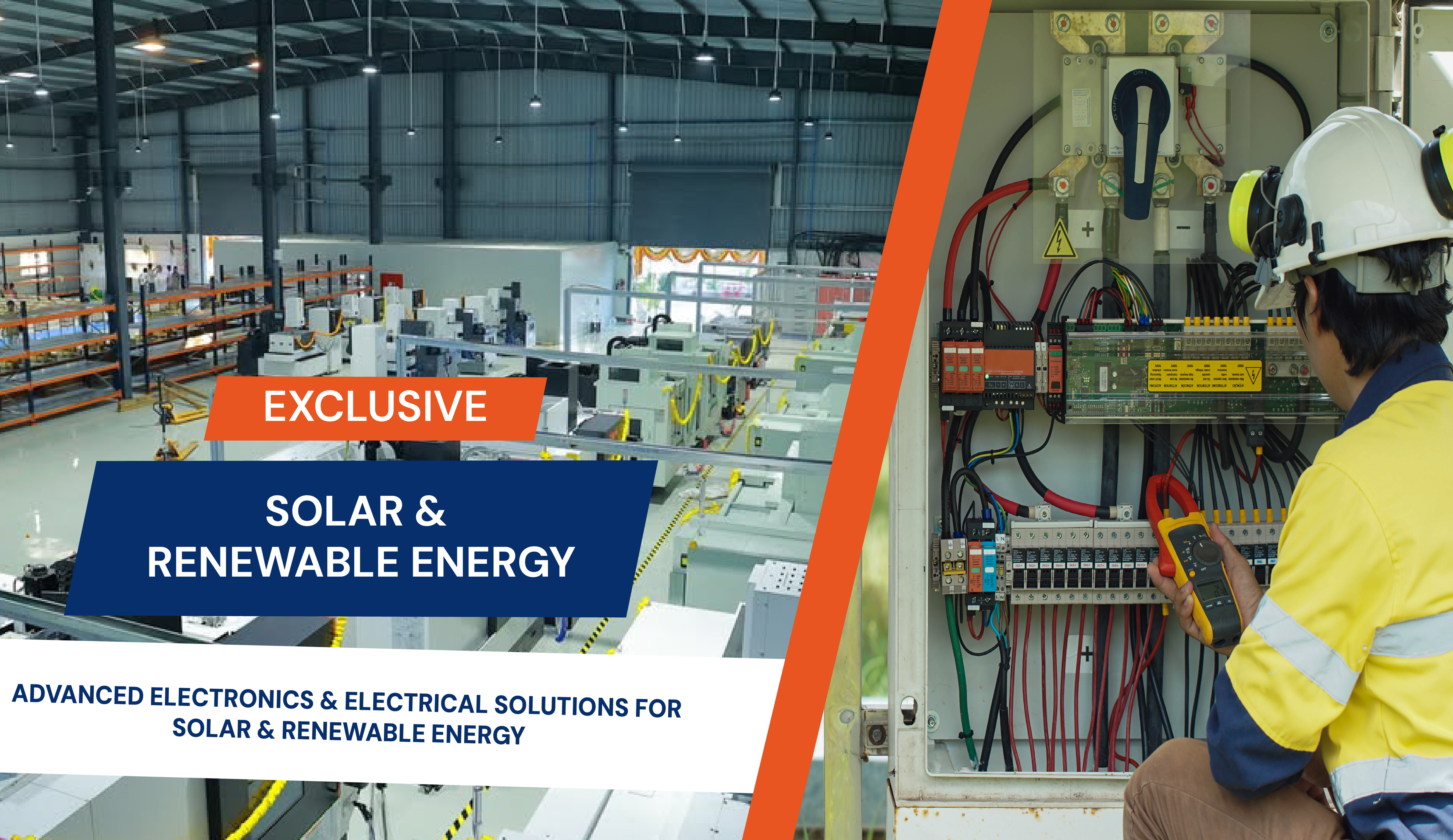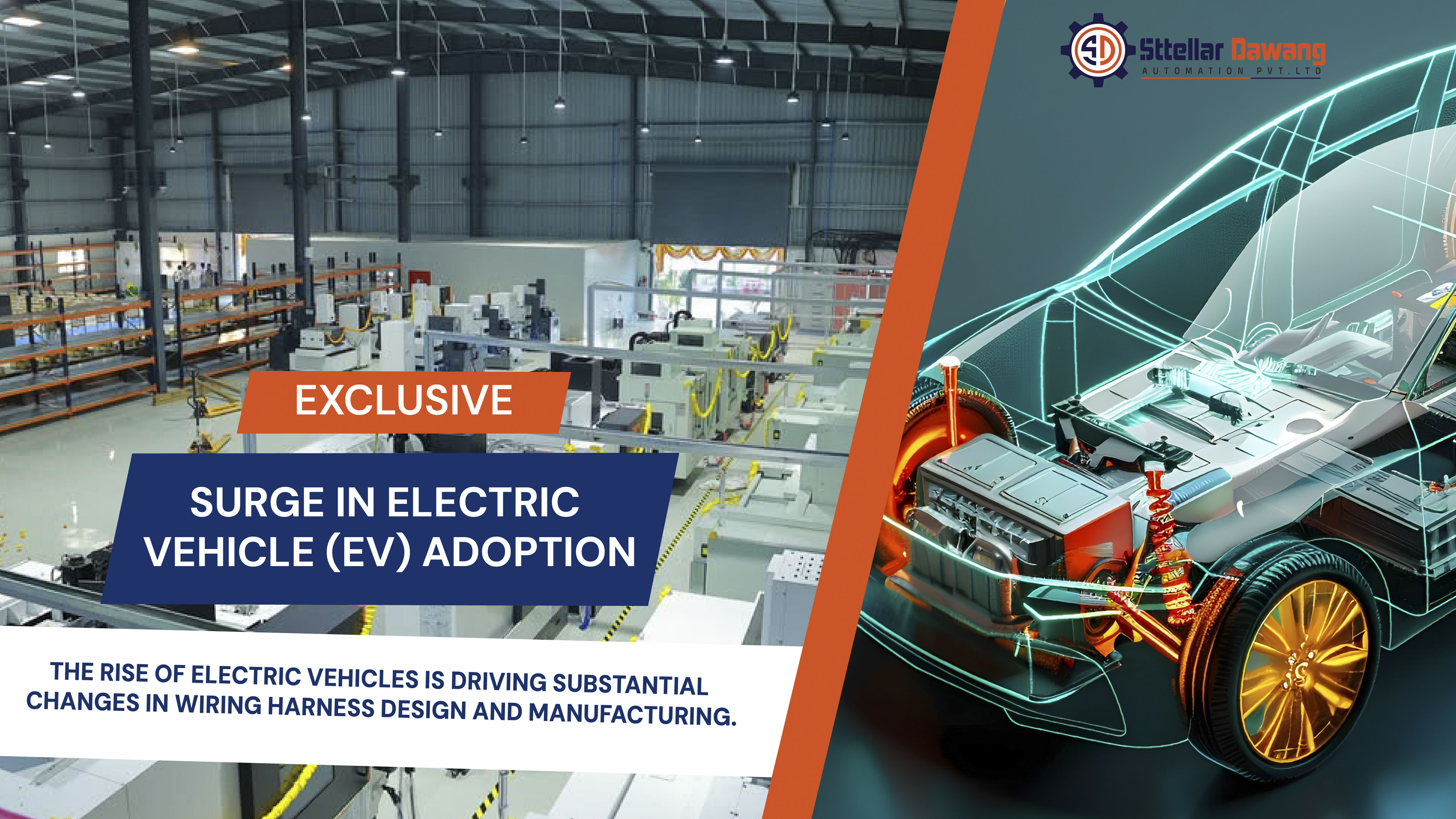Sttellar Dawang Editorial Team
Posted on 2025-09-29
Posted on 2025-09-29

Explore how advanced electronics and electrical engineering power aerospace innovations, from avionics and energy systems to intelligent control, embedded systems, and space exploration technologies.
At the heart of every modern aircraft lies its avionics and flight control systems, which serve as the brain of aviation operations. Advanced navigation systems ensure accurate positioning even in the harshest weather conditions, while autopilot technologies allow pilots to manage long-haul flights with reduced fatigue and enhanced precision. Communication systems facilitate seamless coordination between pilots, air traffic controllers, and ground crews, ensuring operational safety. Cutting-edge avionics integrate digital displays, flight management systems (FMS), and mission-critical computing units that work together to provide pilots with real-time data for decision-making. Whether in commercial aviation, defense aircraft, or unmanned aerial vehicles, these systems are engineered to deliver unmatched accuracy and reliability where there is zero tolerance for error.
Aerospace platforms demand electrical systems that can balance efficiency, redundancy, and safety. High-voltage power distribution networks are designed to handle the complex load requirements of avionics, propulsion, and cabin systems while maintaining redundancy for fail-safe operation. Advanced energy storage solutions, including high-density batteries and hybrid power systems, enable longer flight durations and support the transition toward more electric aircraft (MEA) concepts. Battery management systems (BMS) are critical for monitoring energy usage, ensuring thermal stability, and preventing catastrophic failures. Furthermore, innovations in regenerative energy systems and lightweight electrical components are reducing fuel consumption and emissions, aligning aerospace operations with global sustainability targets.
Automation is redefining the way aerospace platforms are designed and operated. AI-enabled flight management systems enhance route optimization, reduce fuel burn, and enable adaptive decision-making during dynamic flight conditions. Predictive maintenance technologies analyze vast amounts of sensor data to identify wear and tear before it leads to system failures, minimizing downtime and reducing maintenance costs. Automated diagnostics tools empower engineers and ground staff to quickly assess aircraft health, ensuring maximum uptime and mission readiness. As automation continues to evolve, the integration of machine learning and digital twin simulations is expected to further revolutionize how aircraft are maintained and controlled.
Precision is critical in aerospace, and advanced sensors play a pivotal role in delivering accurate, real-time data. Inertial measurement units (IMUs) provide orientation, velocity, and acceleration data essential for navigation and flight control, particularly in GPS-denied environments. Environmental monitoring systems track cabin pressure, temperature, and air quality to ensure passenger comfort and safety. Structural health monitoring sensors detect stress, vibration, and material fatigue, allowing early intervention before failures occur. Aerospace instrumentation also extends to critical systems such as fuel management, engine diagnostics, and flight data recorders, providing comprehensive oversight of both aircraft performance and safety.
Aerospace electronics must operate in some of the harshest environments imaginable, from extreme temperatures to high vibration and radiation exposure. Embedded systems form the backbone of mission-critical applications, controlling everything from engine performance to communication protocols. These systems are designed with redundancy, cybersecurity, and fault tolerance in mind, ensuring they function flawlessly under pressure. Smart electronics architectures also support modular designs, allowing upgrades without overhauling entire systems, which is particularly valuable for long-term aerospace programs. By combining robustness with adaptability, embedded systems ensure both reliability and scalability in aviation and space applications.
Beyond aviation, aerospace electronics are critical for space exploration and satellite technologies. Satellite electronics are designed to withstand radiation, vacuum conditions, and prolonged exposure to extreme environments while maintaining flawless communication with ground stations. Propulsion control electronics regulate thrusters for orbit stabilization and interplanetary maneuvers, while space-grade instrumentation ensures accurate data collection for scientific missions. Emerging technologies, such as miniaturized CubeSats and reusable spacecraft systems, are expanding access to space exploration while reducing costs. At the forefront of these advancements are electronic systems engineered with unmatched durability, enabling humanity to push further into deep space while ensuring mission success.
Aerospace represents the ultimate proving ground for advanced electronics and electrical engineering, where innovation, precision, and reliability converge. From avionics and intelligent automation to space-grade systems and embedded architectures, these technologies are redefining the possibilities of aviation and space exploration. At Sttellar Dawang, we remain committed to bridging engineering excellence with practical aerospace applications, providing insights and solutions that drive safety, efficiency, and technological advancement across the skies and beyond.

Explore how advanced electronics and electrical engineering are transforming medical technology, from imaging and patient monitoring to wearables, robotics, power safety, and AI-driven healthcare inno...
Read More
Discover how advanced electronics and electrical engineering are transforming solar and renewable energy systems, from photovoltaics and energy storage to smart grids and hybrid renewable technologies...
Read More
The rise of electric vehicles is driving substantial changes in wiring harness design and manufacturing. EVs require specialized high-voltage wiring systems to manage battery power and integrate with ...
Read More
Sign up today Writing copy is time-consuming and difficult. Headlime's artificial intelligence can take your thoughts.
